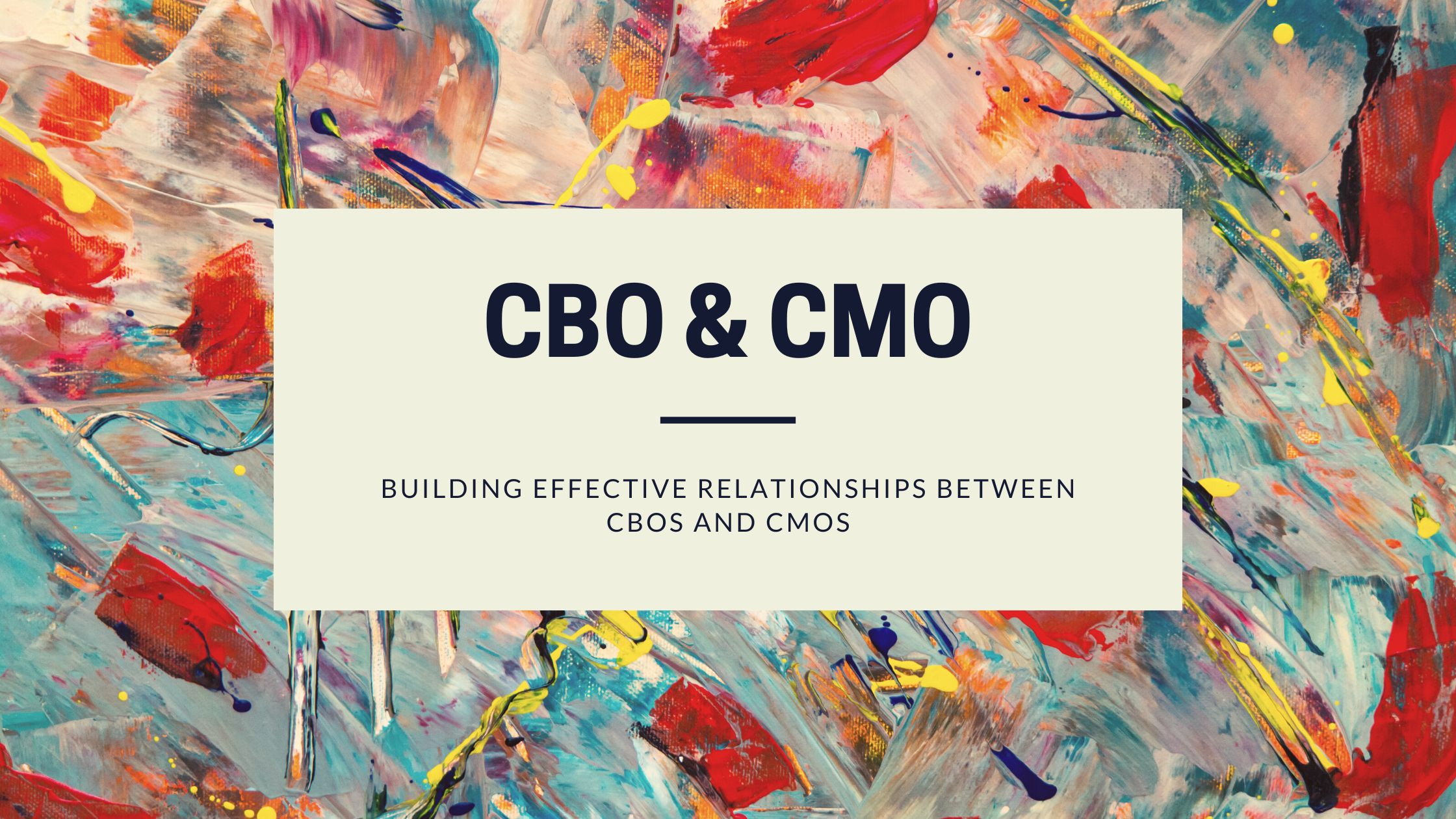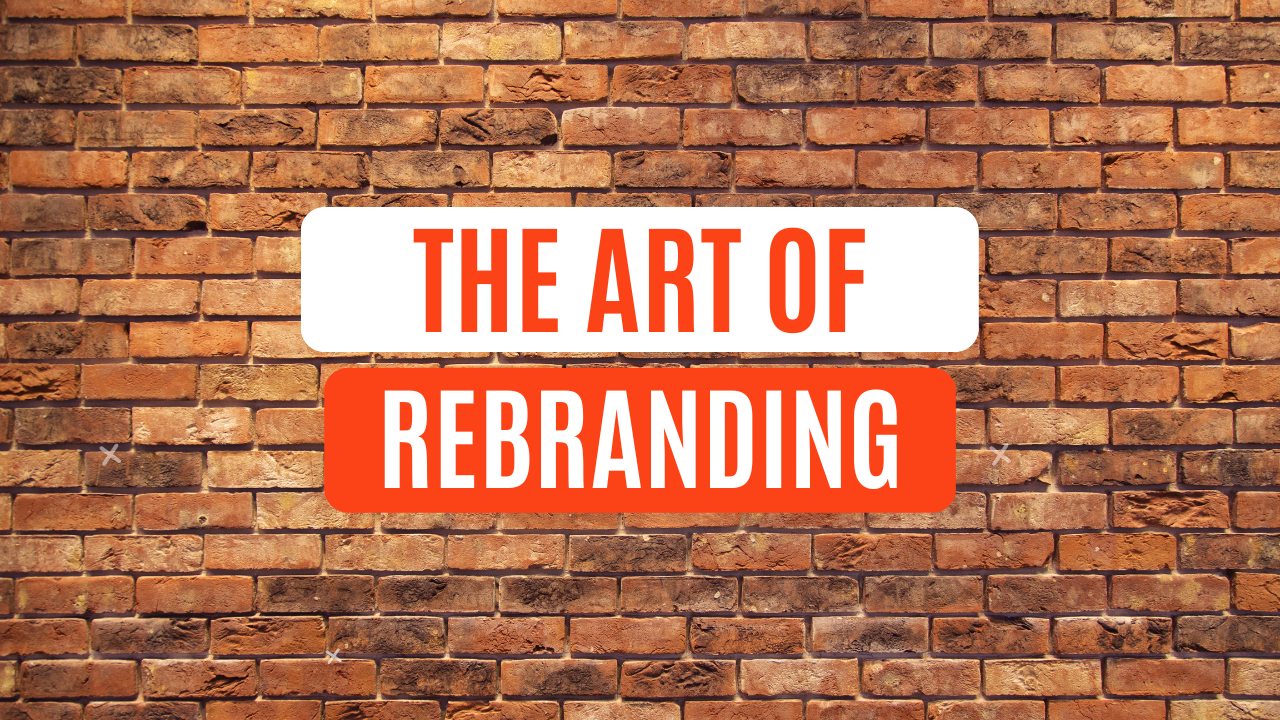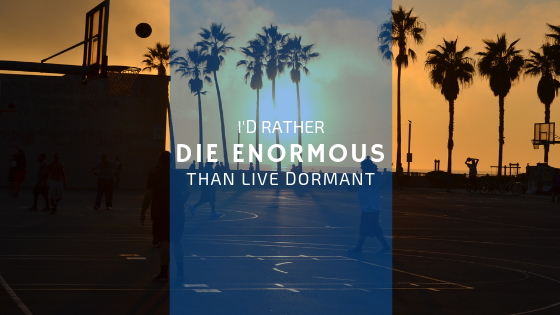Chat is the future: Generation Y is the first generation to prefer chatting over the web or social media to talk, rather than over the phone. Six of the top ten most used apps globally are messaging apps. And it’s not just how they prefer to talk to each other, it’s also quickly becoming the preferred way to interact with businesses.
And right now, this is leading to an important trend where messaging & communication AI is becoming central to brand interactions. Chat-based “bots”, which automate a variety of interaction-based services, are exploding. The rise of chatbots with strong AI are making it easier for brands to interact with customers in a very simple form, in messaging apps (e.g. Ordering an Uber or flowers using Facebook Messenger), and also on their own websites (e.g. customer support chats on Nike.com). I’m a huge advocate of brands using chatbots as a way to engage with your customers and get real-time feedback on how they use your product.
As we saw a shift from websites to apps, so too will we see a shift of apps to conversational products (chatbots) for users to get the information they need. Thanks to startups like ReplyYes & Sensai, and messaging apps like Facebook Messenger & Kik, brands now have tons of opportunities to test out new content marketing opportunities. The sudden rise of Amazon’s Alexa has come against a broader swell of personalized, AI-enabled services.
I think we’ll see tons of more brands take the initiative to create a branded bot in an effort to figure out how to interact with younger audiences in a more personalized and human manner.
As a brand looking to get into the world of bots, there are some questions to ask yourself: “AI with no apps” chatbots are much less expensive to develop than apps, and scale more quickly and much more cheaply than humans, but how do your users find your bot, if it only lives inside of Slack? You know you want to spend your money to be where the most people are, but is Facebook’s bot environment rich enough for you to sell your brand while it answers user questions?
The technology is so diverse that ‘chatbot’ as a catch-all term can be misleading. You can think of it as being four kinds of technology that fall into the larger term:
- Apps with AI use automation for some or all of the interactions within the app, like GoButler, which uses AI to help with travel planning.
- Apps with no AI facilitate text conversations between users and human operators within an app, like HotelTonight having a human-driven concierge service called Aces inside of the mobile app.
- AI with no Apps is automated chat services that are delivered inside of larger messaging platforms. This is like Taco Bell taking food orders through Slack. Or ordering an Uber through Facebook Messenger, as mentioned above. This is also like being able to ask your Amazon Echo about rare items being sold in your favorite video game.
- No Apps with no AI connects users to human operators through a popular messaging app or SMS text messages. This is essentially replacing 1-800 call centers. An example here is Hyatt using using Facebook Messenger as a customer service channel.
Consider your brand’s needs before you jump into the water, but with the barrier to entry getting lower every day, and chatbots being uniquely positioned to be the front-line communication of your brand in an ecosystem that is steadily moving from mobile-first to mobile-only, there hasn’t been a better time to get your feet wet.
For inspiration, tools, and examples of chatbot use, I compiled a list on Product Hunt, full of relevant information and tools for creating your own bot.





